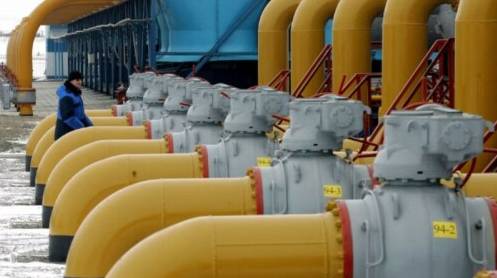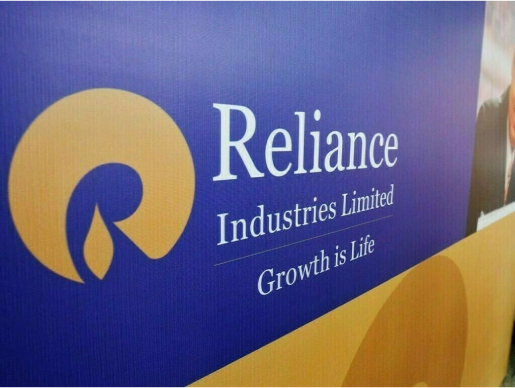Supplies of power plant fuel have tightened in Japan due to reports of a possible delay in restarting a nuclear generation facility. That, in turn, has created higher demand for LNG cargoes to be delivered next month.
US export facilities have recently been operating at near capacity since rebounding from a drop in utilization during the Texas freeze in February, which reduced Gulf Coast output.
All six major US LNG export facilities currently in operation were contributing to the surge, though one of the 10 trains at Kinder Morgan’s Elba Liquefaction in Georgia has remained offline since a fire in May 2020.
The feedgas total eclipsed the previous record of 11.58 Bcf/d set on Dec. 13, 2020.
The 2.43 Bcf/d of feedgas deliveries to Cheniere Energy’s Corpus Christi Liquefaction in Texas on March 17 was the highest in almost two weeks, as the facility continues to commission its third train.
In Japan, Kansai Electric issued a buy tender for April for three LNG cargoes amid reports of a delay in the restart of one of its nuclear power plants.
Even without the impact of LNG demand in Japan, Platts JKM pricing has remained high enough to continue to incentivize marginal supply from the US. That follows January’s dramatic JKM rally, which contributed to the largest year-on-year build in Northeast Asian LNG imports in four years, according to Platts Analytics.
Platts Analytics expects full dispatch economics out of the US to continue in the months ahead, due in part to supportive summer prices on the back of a tighter-than-expected winter, with greater room available in European storages for injections.
Two more US liquefaction terminals — Venture Global’s Calcasieu Pass in Louisiana and the Qatar Petroleum- and ExxonMobil-backed Golden Pass in Texas — are under construction.
Developers of proposed US liquefaction terminals are hoping the market dynamics





